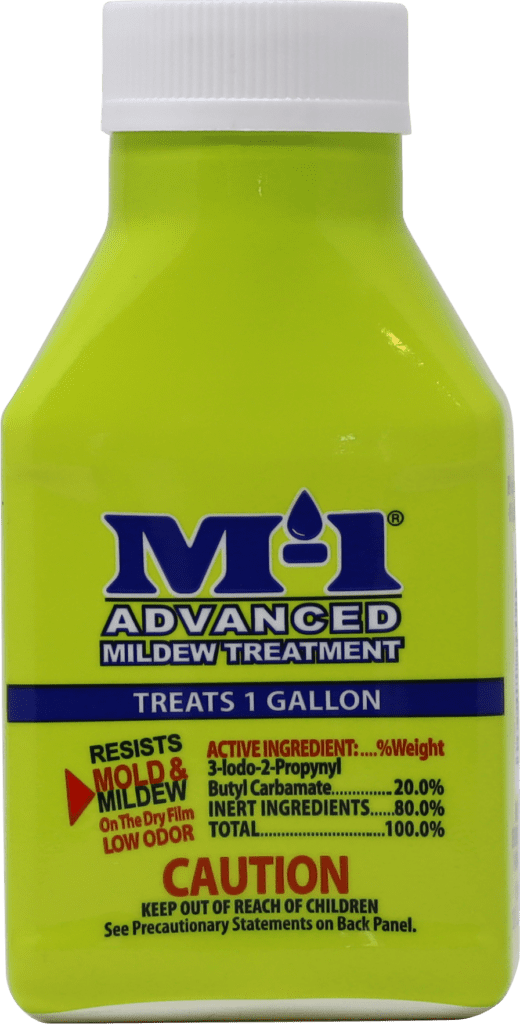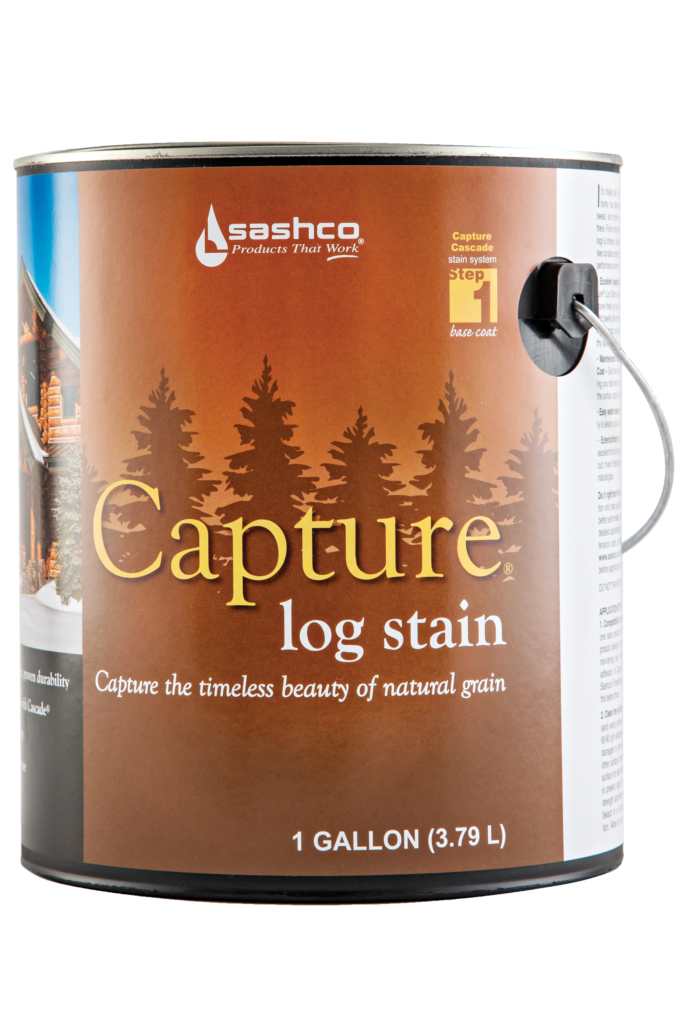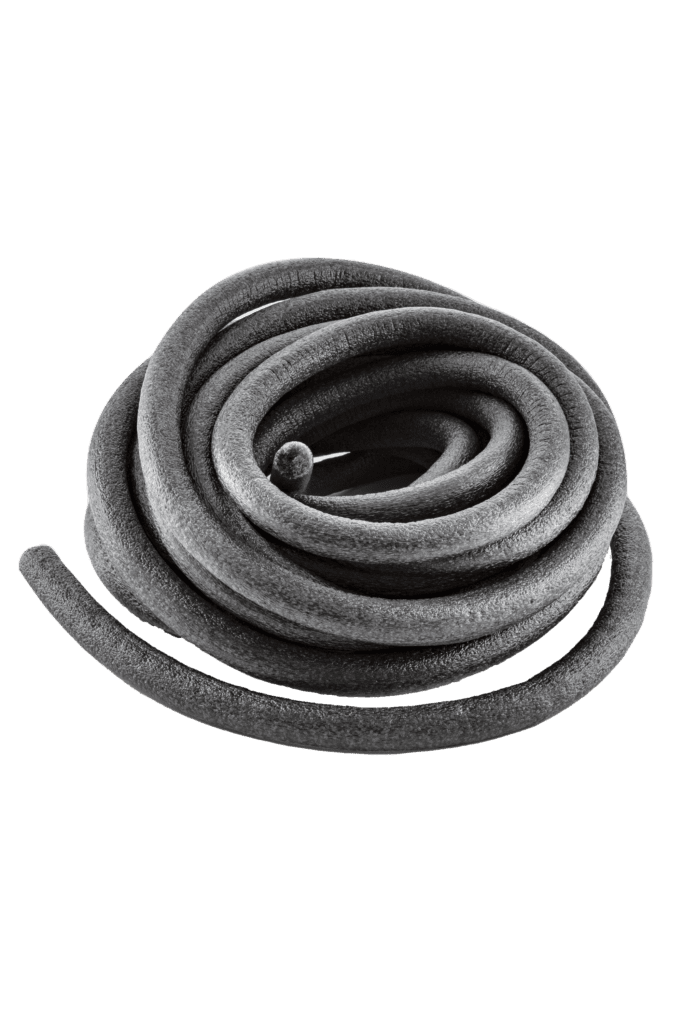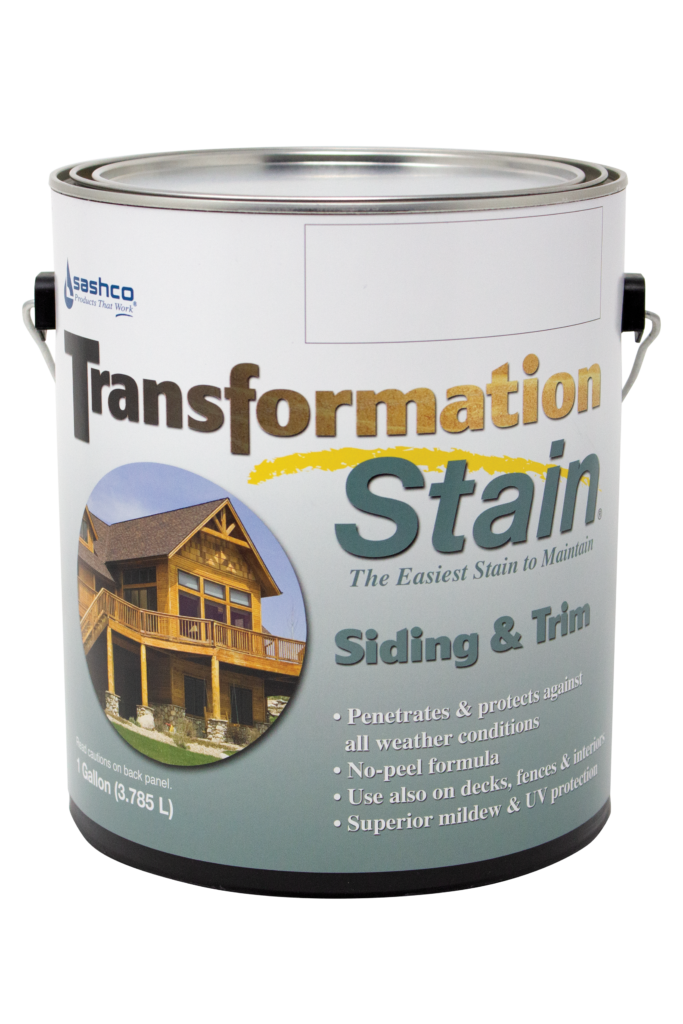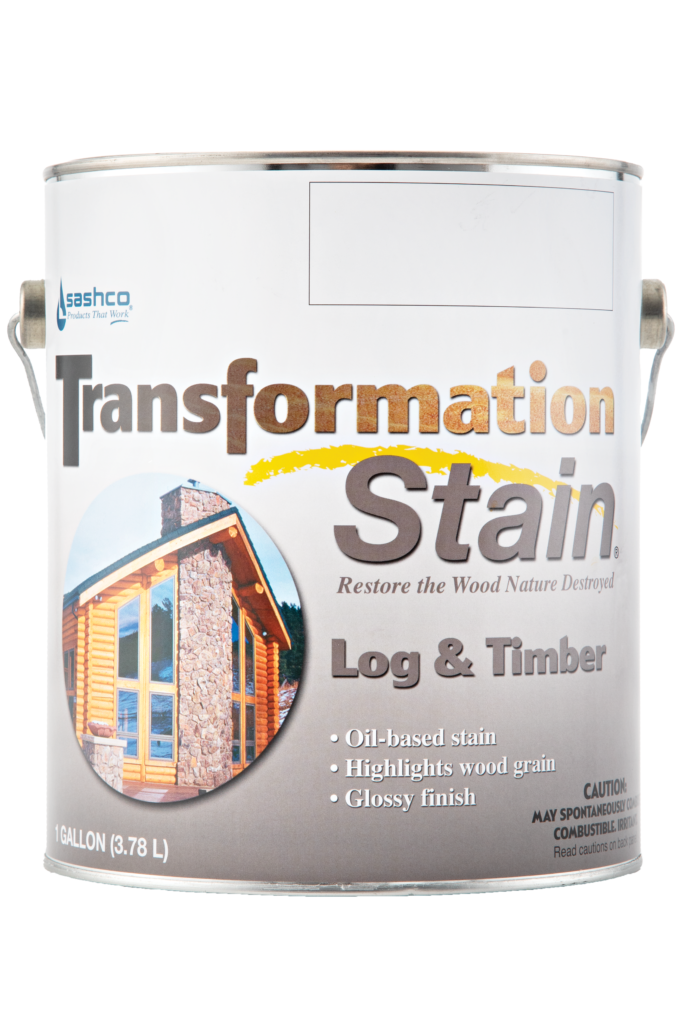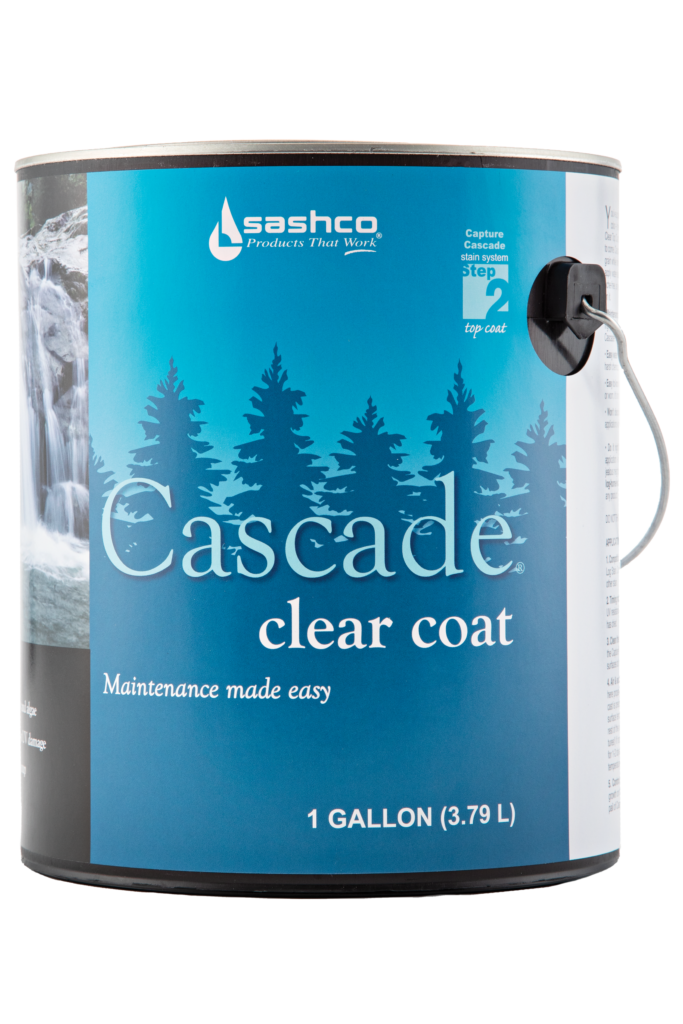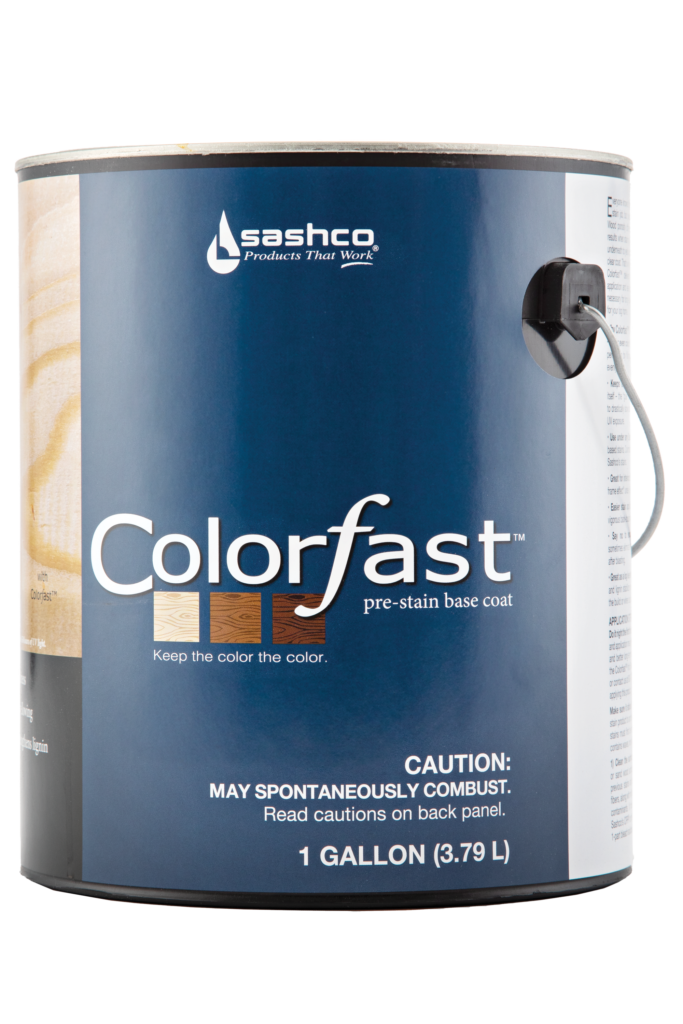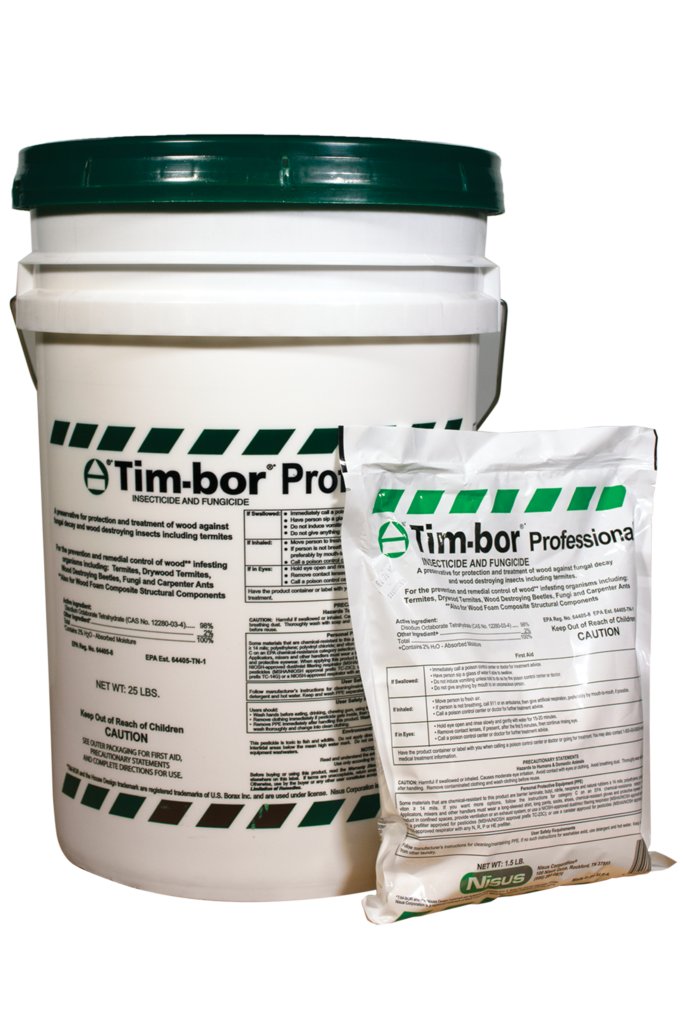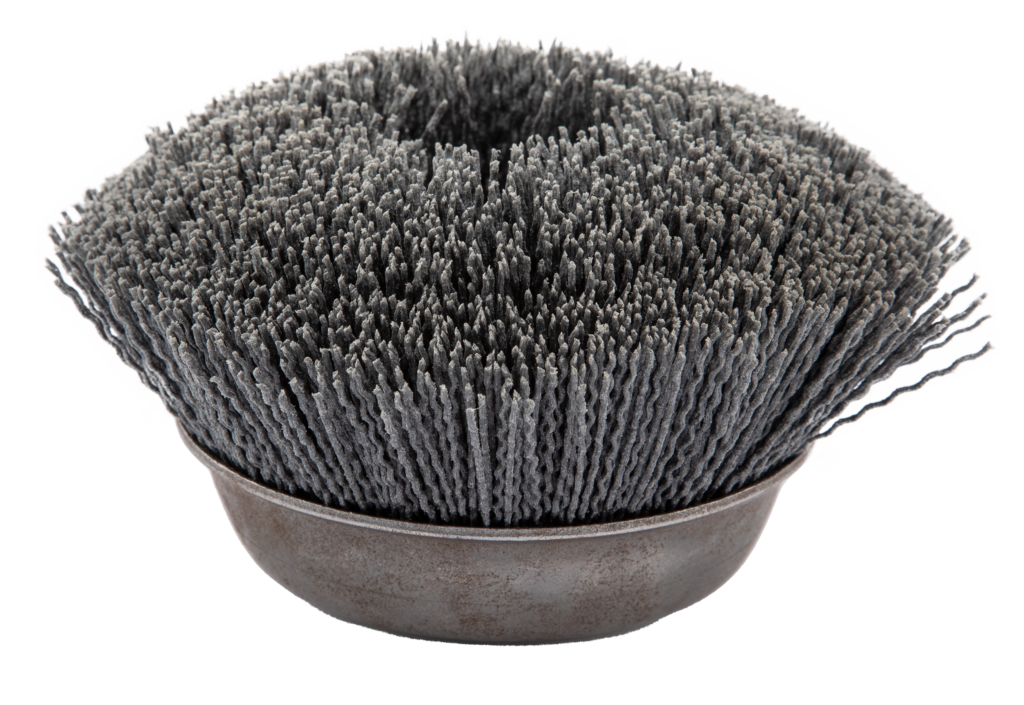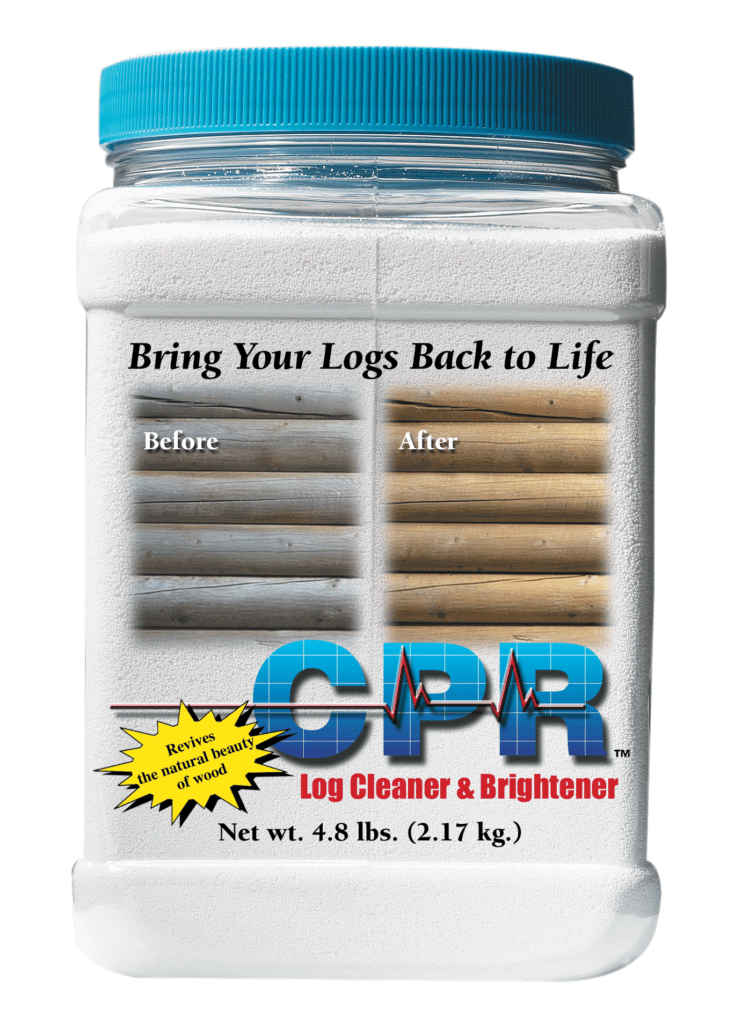What Causes Caulk to Fail and How to Fix It.
Sealants are one of the most effective and widely used building products and the most commonly misused. Below are a few common causes of sealant failure and easy ways to help prevent them.
COHESIVE CAULK FAILURE
What is cohesive caulk failure?
Cohesive failure is when the caulk line cracks or tears down the center.
Possible causes & solutions for cohesive failure:
Cause #1:
Caulk can fail when the bead sticks to the back of the joint and the side, and the caulk can’t stretch correctly. To avoid this, insert backer rod (foam rope) into any joint 1/4″ wide or larger.
As a result of extreme or sudden movement, caulk can get stressed on surfaces. It relieves itself by splitting down the middle. This is often the case with caulk applied indoors in the winter before the heat is turned on. When the heat is turned on, the surfaces move rapidly, stressing the caulk line and causing some splits.
Cause #4: Too little caulk applied
It is difficult to fit enough caulk into a tiny 1/8″ wide joint to adhere to its sides and leave enough in the middle so the joint can stretch. For example, when you apply a small 1/2″ bead to big round logs, the bead is too small to accommodate the shrinkage and movement these logs undergo. Be as generous as possible with how much caulk you apply.
Solution:
For each example, the solution is the same:
- Where the caulk has split, release the pressure by slitting open the tear with a razor blade.
- Where possible, insert backer rod. It should always be used in any joint 1/4″ wide or wider and 1/2″ deep or deeper. If you couldn’t fit it in before but the joint is now big enough for backer rod to fit, put some in.
- If your caulk will stick to itself, simply apply more caulk over the existing bead. All of Sashco’s products will stick to themselves, making repairs quick and easy. Some products can’t do that. In particular, silicone won’t stick to itself (and nothing will stick to silicone). In these cases, you’ll have to completely remove the caulk and start over. Sashco makes a great alternative to silicone called Lexel®. It’s crystal clear and won’t tear out of joints like silicone because it stretches.)
Related articles
- Caulking 101: Keys to Success (sashcoinc.wordpress.com)


